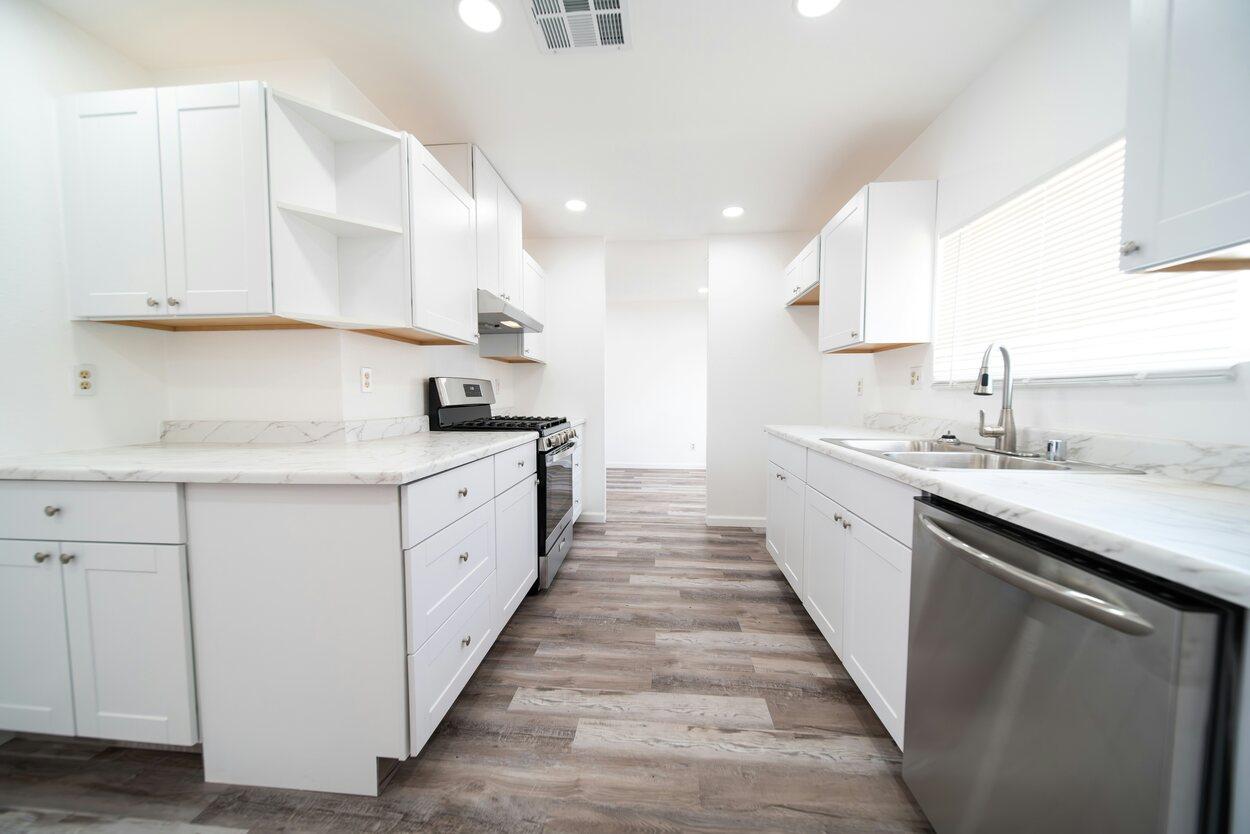If you’re creating your new kitchen, make sure that the plumbing doesn’t become an afterthought. A well-planned, expertly executed plumbing system can make all the difference in the functionality and longevity of your kitchen. Here, we have compiled a list of 20 topics to keep in mind. Let’s begin with the first ten.
Contents
- 1. Plan Water Flow Route
- 2. Choose Quality Materials
- 3. Opt for Certified Plumber
- 4. Install Proper Insulation
- 5. Assess Drainage System
- 6. Correct Pipe Placement
- 7. Regular Plumbing Inspections
- 8. Energy Efficient Fixtures
- 9. Install Leak Detectors
- 10. Consider Garbage Disposal
- 11. Double Check Connections
- 12. Implement Water Softeners
- 13. Understand Local Codes
- 14. Repair Tap Leaks
- 15. Use Pressure Regulators
- 16. Be Mindful of Vents
- 17. Prioritize Plumbing Accessibility
- 18. Install Dishwasher Correctly
- 19. Ventilate Plumbing System
- 20. Balance Hot and Cold
- Your Plumbing Solution Awaits You!
1. Plan Water Flow Route
Being one step ahead always proves beneficial, especially when it involves planning your kitchen’s water flow route. This strategy helps to optimize the efficiency of your drains and water supply lines. Remember that pipes should follow a certain gradient to encourage appropriate flow – too slow and you risk sediment build-up leading to blocked drains; too fast and might have unnecessary water turbulence that stresses your plumbing system.
2. Choose Quality Materials
When considering materials for your plumbing system, quality should be at the top of the list. Think about materials such as copper or PVC pipes – they’re durable, resistant to rust and corrosion, which saves you from potential water damage in the future. Good quality drain cleaners and other accessories are also crucial to maintain a robust system.
3. Opt for Certified Plumber
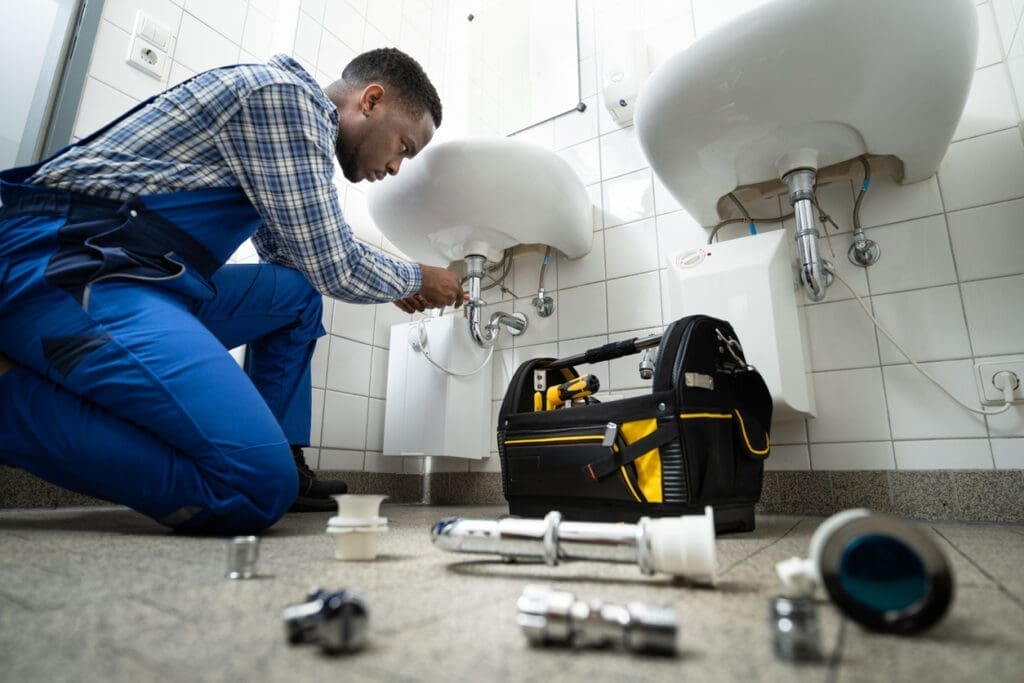
Involving certified plumbers in your kitchen renovation process ensures quality workmanship and an effective drain (plumbing) system, saving you from annoying sewer gas problems in the future. Remember that DIY plumbing efforts might look budget-friendly from the outset but can incur heavier costs if anything goes wrong.
4. Install Proper Insulation
Prevent condensation and heat loss by insulating your water pipes – a potentially overlooked factor that can contribute to significant energy wastage over time if left unchecked. Installing proper insulation is especially valuable considering our Aussie climate, where temperatures may fluctuate.
5. Assess Drainage System
An effective drainage system is vital for a well-functioning kitchen. Look at installing quality traps (plumbing) – these are vital constructors of the drainage system that prevent sewer gas backflow, and chemical drain cleaners can help when necessary. Regular checks keep it in good health.
6. Correct Pipe Placement
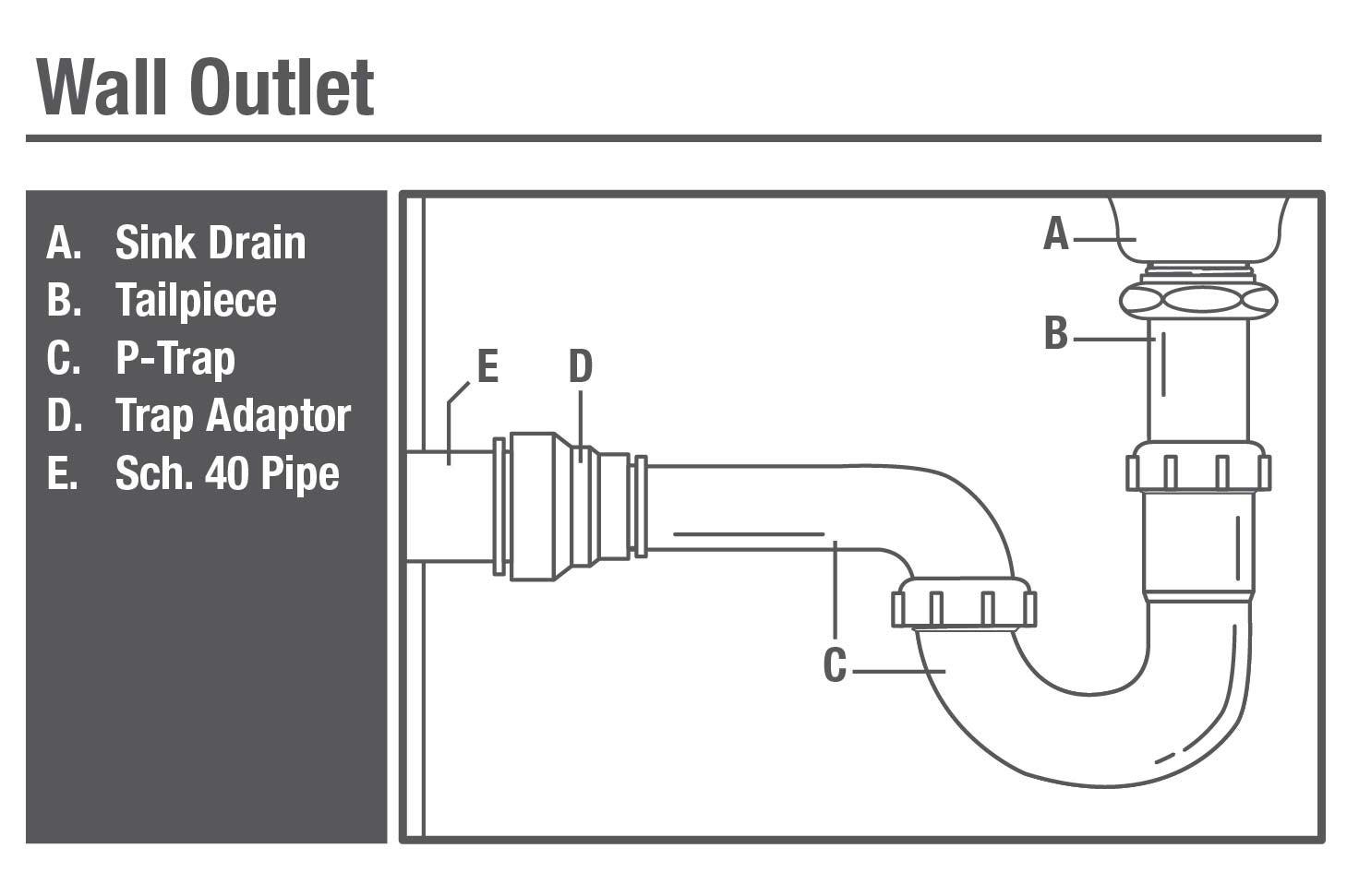
The placement of pipes is critical. Make sure the plumber considers the presence of kitchen appliances like dishwashers and refrigerators when plotting water supply lines and drains. If possible, these should be positioned closer to the water source to limit pipe length and potential complications.
7. Regular Plumbing Inspections
Beyond installation, maintaining your plumbing system’s health is equally crucial. A professional plumbing inspection identifies minor issues before they escalate into massive problems, saving you from water damage or even a hazardous situation due to a dramatic buildup of sewer gas.
8. Energy Efficient Fixtures
The present-day focus on environmental engineering has led to the development of energy-efficient fixtures that can help reduce water consumption in your kitchen. For instance, installing a dual-flush toilet or an aerator in your kitchen tap will help you conserve water and cut down on water bills.
9. Install Leak Detectors
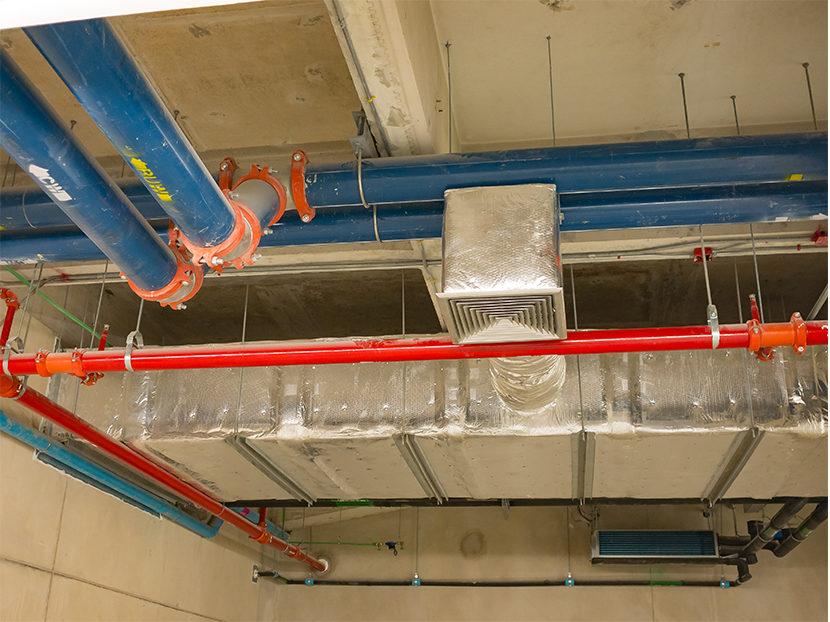
Leaky pipes can cause significant water damage if left unnoticed, making leak detectors a great investment for your new kitchen. These devices alert you at the earliest sign of a problem, allowing for quick action and saving grace on material and money as you don’t have to rely heavily on chemical drain cleaners or replacement pieces.
10. Consider Garbage Disposal
A garbage disposal unit not only makes food waste management easier but also sorts out many plumbing issues related to sink blockages. Paired nicely with your sink, these units chop waste into tiny particles that flow smoothly down the drain, minimizing the risk of stubborn clogs that can affect your new kitchen’s overall plumbing health.
11. Double Check Connections
When planning a new kitchen, ensuring that all plumbing connections are properly secured is key. Whether it’s attaching the sink and tap or dealing with an intricate drainage network, double-checking all connections will save you from leaks, water damage and unnecessary headaches in the future. Proper sealing techniques should be implemented and should be a staple in your plumber’s repertoire. Do not fear to ask them about the process – learning a bit about it yourself won’t do any harm!
12. Implement Water Softeners

Hard water can have negative impacts on your kitchen appliances, such as clogging and scaling or corrosion which can lead to damage down the line. Implementing water softeners is a great way to combat these issues and promote a longer lifespan for your kitchen appliances. Ensure it’s installed correctly and maintained regularly to ensure optimal performance.
13. Understand Local Codes
Every region has its own set of building codes related to plumbing that need to be adhered to during installation. Understanding these is crucial; non-compliance could lead to penalties, fines, or worse, you may have to redo the entire project! Most local councils provide these codes – it’s best if both you and your plumber are familiar with them.
14. Repair Tap Leaks
Tap leaks can seem trivial, but they can result in significant water waste over time, which is both costly and environmentally unfriendly. Repairing these leaks early on helps maintain an efficient plumbing system while also keeping your water usage in check.
15. Use Pressure Regulators
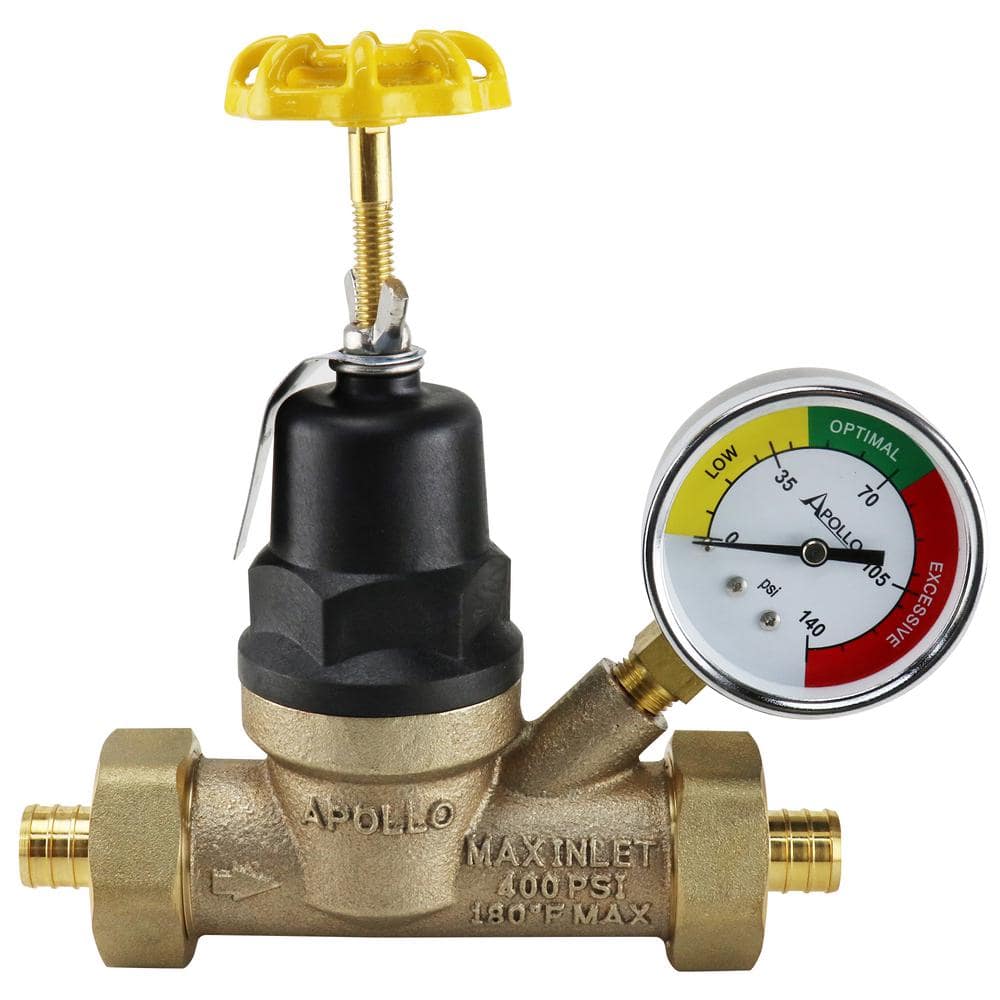
Water pressure that is too high can cause damage to your plumbing system. Using pressure regulators can help keep this under control and prevent bursts or leaks. Remember, in the world of plumbing, prevention is much better than cure!
16. Be Mindful of Vents
Ventilation is an often overlooked aspect of plumbing. Vents are essential for promoting air circulation and are crucial for preventing sewer gas from entering your residence. They play a significant role in maintaining the overall health of your plumbing system. Be sure to ask your plumber about these finer details.
17. Prioritize Plumbing Accessibility
In the event of a plumbing emergency, easy access to pipes will make all the difference. Designing for accessibility not only makes maintenance easier but also allows for quicker fixes when time is critical. Be mindful of this when deciding on your kitchen layout – functionality should always trump aesthetics!
18. Install Dishwasher Correctly

One of the leading causes of water damage at home is improper dishwasher installation. It’s paramount to ensure the dishwasher is hooked up correctly with no room for leaks or drips over time. The air gap, a safety device designed to avoid any waste water backflow into your clean water supply, must be installed correctly and checked regularly.
19. Ventilate Plumbing System
A well-ventilated plumbing system ensures that sewer gases do not accumulate and create a stuffy, unpleasant atmosphere in the house or even health hazards. Proper ventilation also aids in maintaining adequate water pressure such that drains function effectively.
20. Balance Hot and Cold
Striking the right balance between hot and cold water is fundamental to an efficient kitchen space. Too much heat can lead to scalding or damage to appliances over time while cold water may not be effective in cleaning or cooking tasks.
Your Plumbing Solution Awaits You!
Armed with these tips, your journey towards a flawless kitchen should be a smoother one. Remember, the key is in the details, regular maintenance, and a proactive approach. Don’t cut corners where it matters most. Your dream kitchen is just around the bend – let us guide you through every twist and turn. Happy plumbing!
Related posts:
 Bidding Farewell to Mould and Mildew: Keeping Your Kitchen Plumbing Hygienic
Bidding Farewell to Mould and Mildew: Keeping Your Kitchen Plumbing Hygienic
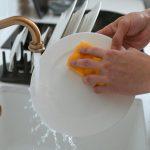 Eco-Friendly Kitchen Plumbing: Simple Tips to Save Water
Eco-Friendly Kitchen Plumbing: Simple Tips to Save Water
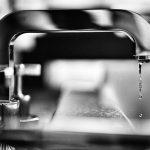 Dripping Tap Driving You Crazy? Dan’s Plumbing Can Fix It for a Peaceful Kitchen
Dripping Tap Driving You Crazy? Dan’s Plumbing Can Fix It for a Peaceful Kitchen
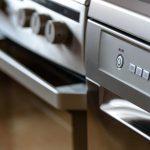 Our Practical Tips to Help Prevent a Dishwasher Drain Block
Our Practical Tips to Help Prevent a Dishwasher Drain Block
 Plumbing Peace of Mind: Professional Preventative Maintenance for Your Home
Plumbing Peace of Mind: Professional Preventative Maintenance for Your Home
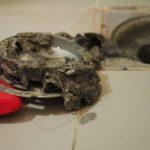 Banish Blocked Drains: Dan’s Plumbing Can Help with Drain Clogs
Banish Blocked Drains: Dan’s Plumbing Can Help with Drain Clogs

